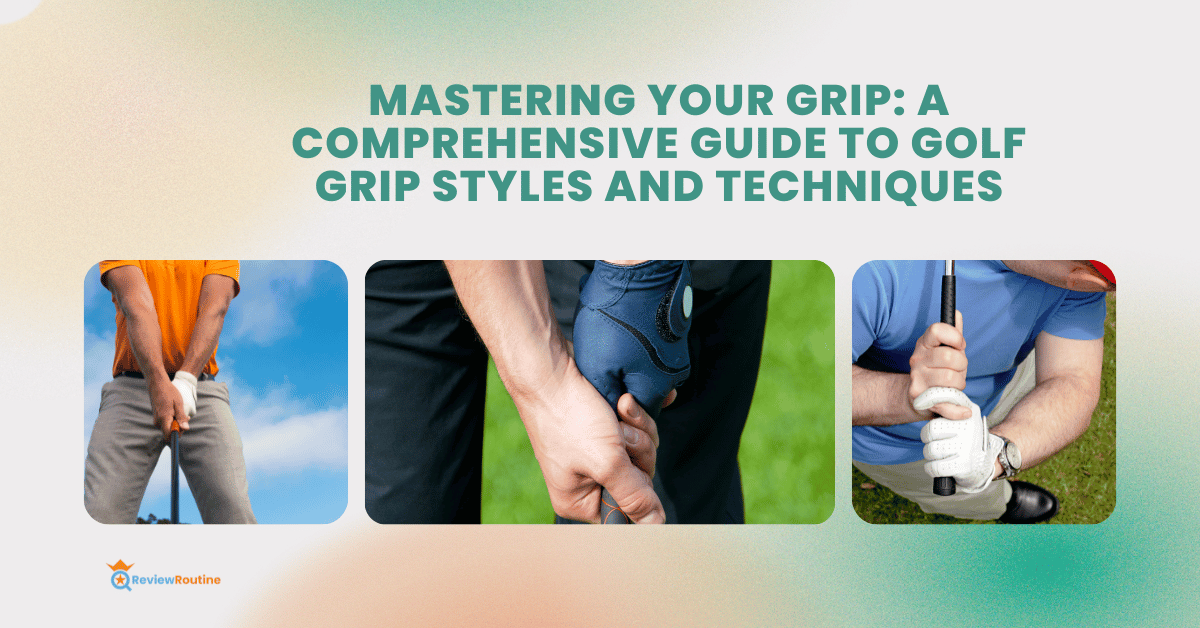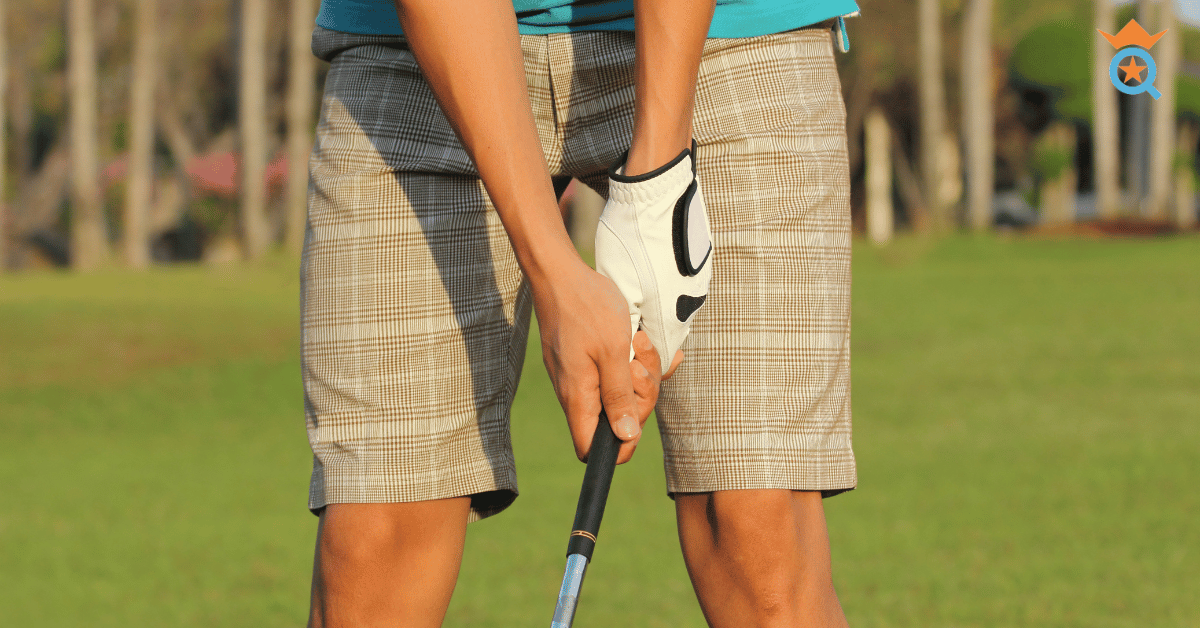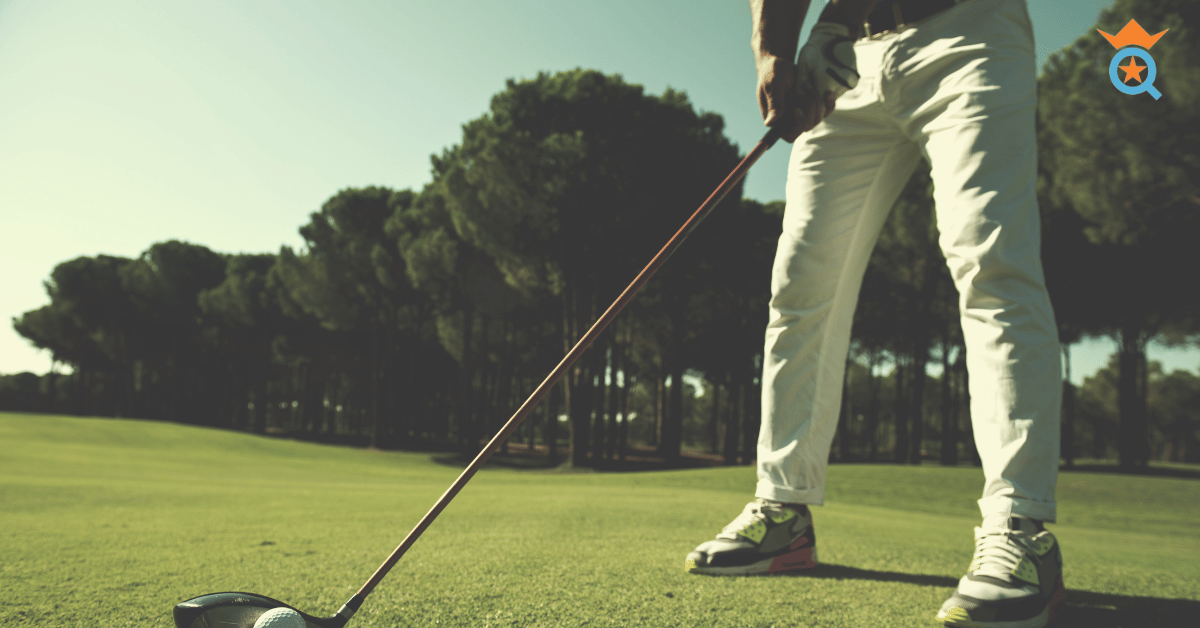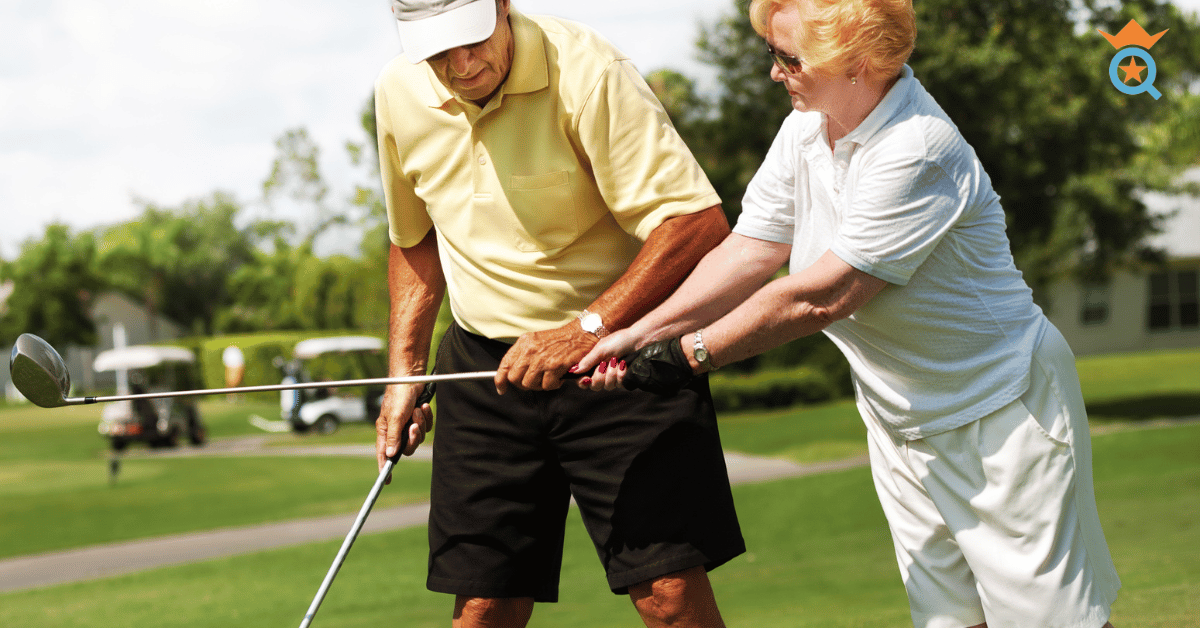Welcome to our comprehensive guide on golf grip styles and techniques! The golfer's grip is one of the game's most fundamental elements. A proper grip can help you achieve a consistent and effective swing, while an improper grip can lead to inconsistent ball striking, reduced distance, and even injury.
We'll learn how to hold a golf club correctly, go over the function of each finger in various grips, and go over the most common grip errors and how to fix them.
We'll also discuss additional considerations when choosing a golf grip style, such as hand size, strength, and flexibility.
After reading this article, you'll be prepared to take your golf game to the next level since you'll have a firm grasp on the various golf grip styles and strategies.

The Importance of a Proper Golf Grip
A proper golf grip is one of the most fundamental aspects of the game. A solid command of the club will improve your game, whether you're a novice or an accomplished professional.
Here are some reasons why having a proper golf grip is so important:
- Accuracy: A good grip can help you control the clubface and hit the ball more accurately, leading to lower scores and a more enjoyable round.
- Distance: A proper grip can also help you generate more power and space, which can be especially important for longer shots or when playing on a course with wide fairways.
- Injury Prevention: A proper grip can also help prevent injuries, such as blisters, calluses, and strains, which can be shared among golfers who grip the club too tightly or incorrectly.
So, whether you're looking to improve your game or enjoy playing without pain, it's essential to have a proper golf grip. The following sections will discuss the various grip types and advise on maintaining a consistent grip.

Types of Golf Grip Styles
- Overlapping Grip: In this grip style, the little finger of the trailing hand (right hand for right-handed golfers) is placed over the index finger of the lead hand. This grip is popular among golfers with larger hands and those who want to promote a right-to-left ball flight.
- Interlocking Grip: In this grip style, the little finger of the trailing hand is interlocked with the index finger of the lead hand. This grip is popular among golfers with smaller hands and those who want to promote a left-to-right ball flight.
- Baseball Grip: In this grip style, the hands are placed side by side on the club without interlocking or overlapping. This grip is less commonly used among professional golfers but may be preferred by beginners or those with weaker hands.
- Ten-Finger Grip: In this grip style, all ten fingers are placed on the club, with no overlap or interlocking. This grip is also known as the "full finger grip" and may be preferred by golfers with difficulty maintaining a consistent grip pressure.
Each type of grip has advantages and disadvantages; the best one for a given golfer will vary depending on their specific circumstances. Visual aids, such as images or videos, can help readers understand the differences between each grip style and choose the one that is best for them.

Tips for Properly Holding a Golf Club
Holding a golf club properly is essential for achieving a consistent and effective swing. Here are some practical tips for keeping a golf club correctly:
Position the Lead Hand
Start by placing the lead hand (left hand for right-handed golfers) on the club, with the club grip resting across the base of the fingers. The heel pad should be placed at the grip, and the thumb should point down the club's center.
Place the Trailing Hand
Next, place the trailing hand (right hand for right-handed golfers) on the club, with the little finger overlapping the index finger of the lead hand. The grip should rest across the base of the fingers, and the thumb should point down the club's center.
Grip Pressure:
The grip pressure should be firm but not too tight. A slack grip increases the risk of the club slipping during the swing, while a firm grip limits the release of the club head, resulting in less power.
Consistency
Maintaining a consistent grip pressure and hand position throughout the swing is essential. Keep the same grip pressure and hand position from address to impact on achieving this.
Practice
Finally, the key to holding a golf club properly is practice. Spend time in the driving range working on your grip, and try to be mindful of your hand position and grip pressure during each swing.
If you follow these guidelines, you'll have a far better chance of holding the golf club correctly and making a good swing.
Practice regularly and pay attention to your grip to achieve a consistent and effective swing.

The Role of Specific Fingers
The position of the fingers can vary depending on the golf grip style used.
For instance, in the overlapping grip, the middle finger of the lead hand rests between the index and middle fingers of the trailing hand, while the little finger of the trailing hand is put over the index finger of the lead hand.
The lead hand's index finger rests against the trailing hand's pad while the trailing hand's little finger is interlocked with the lead hand's index finger.
The position of the fingers can significantly impact the golfer's swing. For example, the placement of the left thumb can help control the clubface, while the part of the right thumb and pinky finger can affect the release of the club head.
Golfers must find and practice a grip style that works for them to achieve a consistent and effective swing. Experimenting with finger position can also help golfers fine-tune their grip and improve their performance on the course.

The Neutral Grip
The neutral grip is a grip style that can benefit golfers of all skill levels.
In this grip, both hands are placed on the club, with the palms facing each other and the thumbs pointing straight down the shaft. The neutral grip is so-called because it is neither an overlapping nor an interlocking grip.
The benefits of a neutral grip include the following:
- Grip Consistency: The neutral grip can help golfers achieve a consistent grip pressure and hand position throughout the swing, leading to more consistent ball striking and improved accuracy.
- Reduced Tension: The neutral grip can also help reduce tension in the hands and forearms, which can help golfers maintain a relaxed and fluid swing.
- Versatility: The neutral grip can be used for various shots, including full swings, chips, and putts.
To achieve a neutral grip, start by placing the lead hand on the club as you would for a standard grip, with the heel pad on top of the grip and the thumb pointing straight down the shaft.
Next, place the trailing hand on the club with the palm facing the lead hand and the thumb pointing straight down the shaft. The hands should be touching but not overlapping or interlocking.
The neutral grip can be most appropriate for golfers who struggle with consistency or tension in their grasp. It may also benefit golfers needing help generating enough power with an overlapping or interlocking grip.
Golfers should experiment with several grip styles to find the one that suits them the best because no one grip style fits all players.
By practicing a neutral grip and fine-tuning their grip pressure and hand position, golfers can improve their performance on the course and enjoy the game even more.

The Vardon Grip
The Vardon grip, also known as the overlapping grip, is named after Harry Vardon, a legendary golfer who popularized this grip style in the late 19th century. In the Vardon grip, the little finger of the trailing hand (right hand for right-handed golfers) is placed over the index finger of the lead hand, with the other fingers similarly resting on the club to a standard grip.
The Vardon grip differs from other grip styles in promoting a more consistent and powerful swing by allowing the hands to work together. The hands are connected by placing the little finger of the trailing hand over the index finger of the lead hand, which can help golfers achieve a smoother and more controlled swing.
To use the Vardon grip effectively, placing the hands on the club in the correct position is essential.
Start by placing the lead hand on the club as you would for a standard grip, with the thumb pointing straight down the shaft. Next, put the little finger of the trailing hand over the index finger of the lead hand, with the other fingers resting on the club.
The trailing hand should be positioned slightly lower on the club than the lead hand, which can help promote a more neutral clubface at impact.
The Vardon grip is a popular choice among professional golfers and can be used for various shots, including full swings, chips, and putts. It may be most effective for golfers promoting a right-to-left ball flight, as the grip can encourage a slight draw.
There is no one-size-fits-all grip type, even if many golfers find the Vardon grip useful. Golfers should experiment with different grip styles to find the best one.
By practicing the Vardon grip and fine-tuning their hand position and grip pressure, golfers can improve their performance on the course and enjoy the game even more.

Common Grip Mistakes and How to Correct Them
Here are some common grip mistakes that golfers make and tips for correcting them:
Grip Pressure
Gripping the club too tightly can restrict the swing and lead to inconsistent ball striking.
To correct this, maintain a firm but relaxed grip pressure throughout the swing.
Finger Placement
Placing the hands too far apart or too close together on the club can affect the swing plane and lead to inconsistent ball flight.
To correct this, ensure that the hands are placed on the club comfortably and naturally.
Thumb Position
Placing the thumb too far to the right or left of the club can affect the clubface angle and lead to inconsistent ball flight.
To correct this, ensure that the thumb is positioned straight down the club's center.
Overlapping Grip
Placing the hands too far apart or too close together in an overlapping grip can affect the swing plane and lead to inconsistent ball flight.
To correct this, ensure that the little finger of the trailing hand is placed snugly against the index finger of the lead hand.
Interlocking Grip
Interlocking the fingers too tightly in an interlocking grip can restrict the swing and lead to inconsistent ball striking.
To correct this, try to maintain a light and comfortable interlock between the trailing hand's little finger and the lead hand's index finger.
By being mindful of these common grip mistakes and practicing correct grip techniques, golfers can improve their performance on the course and enjoy the game even more.
It's crucial to remember that finding the ideal grip style and hand posture requires trial and error. Practice and experimentation are essential for enhancing your grip and overall game.

Considerations When Choosing a Golf Grip Style
A key element in your success on the course is selecting a golf grip style suitable for your particular requirements. It's crucial to consider hand size, strength, and flexibility when deciding which grip style to adopt.
Here are some considerations to keep in mind when choosing a golf grip style:
- Hand Size: Golfers with larger hands may prefer an overlapping or interlocking grip, while those with smaller hands may prefer a ten-finger or neutral grip.
- Strength: Golfers with stronger hands and forearms may prefer an overlapping or interlocking grip, while those with weaker hands and forearms may prefer a baseball or neutral grip.
- Flexibility: Golfers with little wrist or hand flexibility may prefer a neutral grip, while those with greater flexibility prefer an overlapping or interlocking grip.
- Shot Shape: The grip style can also affect the shape of the shot. For example, an overlapping grip can promote a right-to-left ball flight, while an interlocking grip can promote a left-to-right ball flight.
Experimenting with different grip styles and hand positions is essential to find the one that works best for you. You can choose a grip style that promotes a consistent and effective swing by considering your individual needs and preferences.
Additionally, seeking guidance from a golf professional or instructor can help you find the right grip style for your game. By choosing the right grip style, you can improve your performance on the course and enjoy the game even more.
Popularity Of Golf

Conclusion
The golf grips are a fundamental aspect of a golfer's game and can significantly impact their performance on the course. Whether you are a beginner or a seasoned pro, finding the right grip style and hand position is crucial for achieving a consistent and effective swing.
By considering hand size, strength, and flexibility, golfers can choose a grip style appropriate to their needs and preferences. Remember to practice regularly and pay attention to your grip pressure and hand position to achieve a consistent and powerful swing.
Hold a golf club with a weak grip or are a right-handed golfer. There is a grip style that will work for you. So, grab your golf ball, hold your golf club properly, and enjoy the game!








